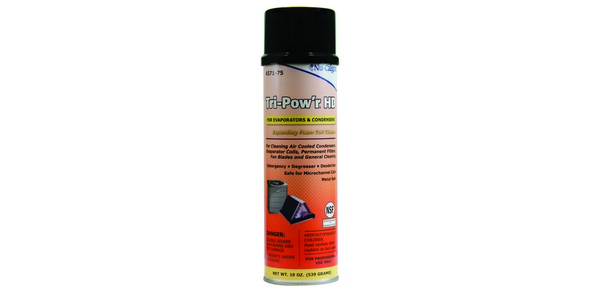With technical support from ASHRAE, the Center for Green Schools at the U.S. Green Building Council published a new report on indoor air quality measures that schools have taken in response to the pandemic.
The report, titled “Preparation in the Pandemic: How Schools Implemented Air Quality Measures to Protect Occupants from COVID-19,” presents the survey responses of school districts representing more than 4,000 schools serving over 2.5 million students in 24 states, on the protocols and operations plans implemented to mitigate the spread of COVID-19.
The report highlights what school districts have prioritized, which actions they have taken, how they have made decisions and what the consequences have been. The results of the survey show that schools have implemented some protective measures to improve IAQ, prioritizing ventilation and filtration to reduce the transmission of the virus. However, school districts still have unmet needs and face numerous challenges related to costs and outdated building infrastructure.
Additional findings from the survey include:
- The most-frequently cited challenge to implementing protective air quality measures at schools was that school buildings were not designed to support the strategies that were recommended.
- School districts that have been able to act have leaned heavily on their mechanical systems, such as increasing air supply through HVAC systems or upgrading filters to implement protective air quality measures for students and teachers.
- Only two-thirds of respondents were regularly monitoring IAQ before the pandemic, indicating that providing time, staff and funding for regular monitoring and data collection has not been a priority for many districts in the past.
- Respondents want to continue the measures implemented during the pandemic, citing student and teacher health. Seventy percent of school districts plan to continue some or all of the strategies they’ve implemented.
To download the full report, visit ashrae.org/COVID19.


